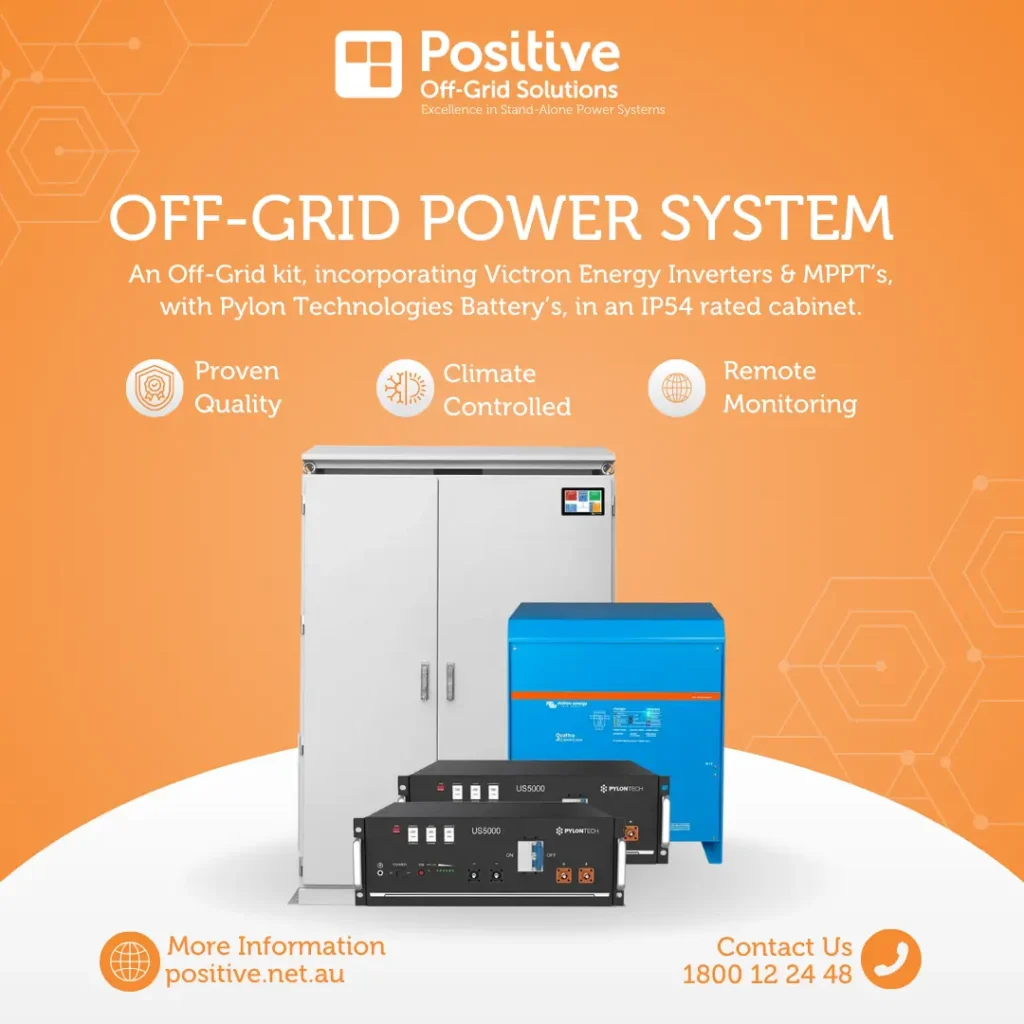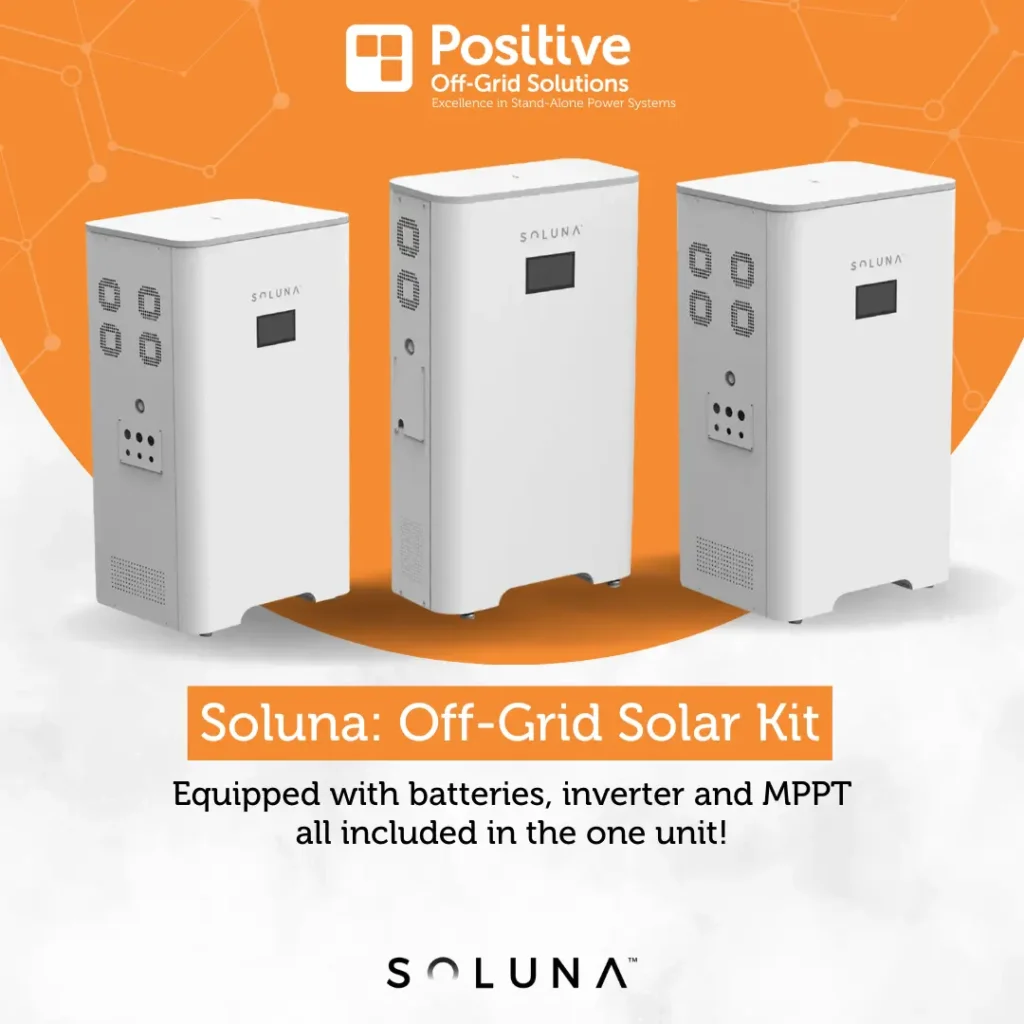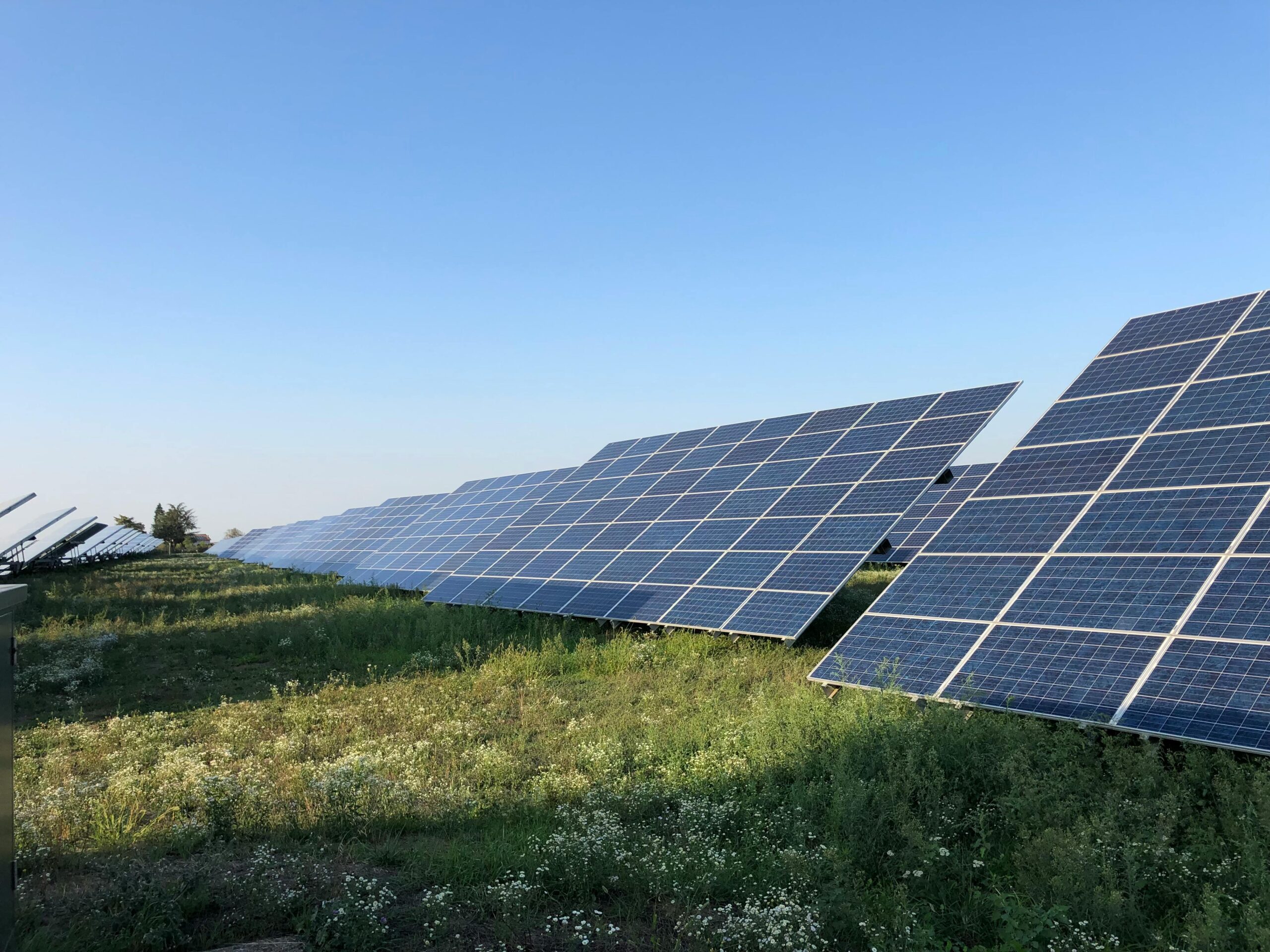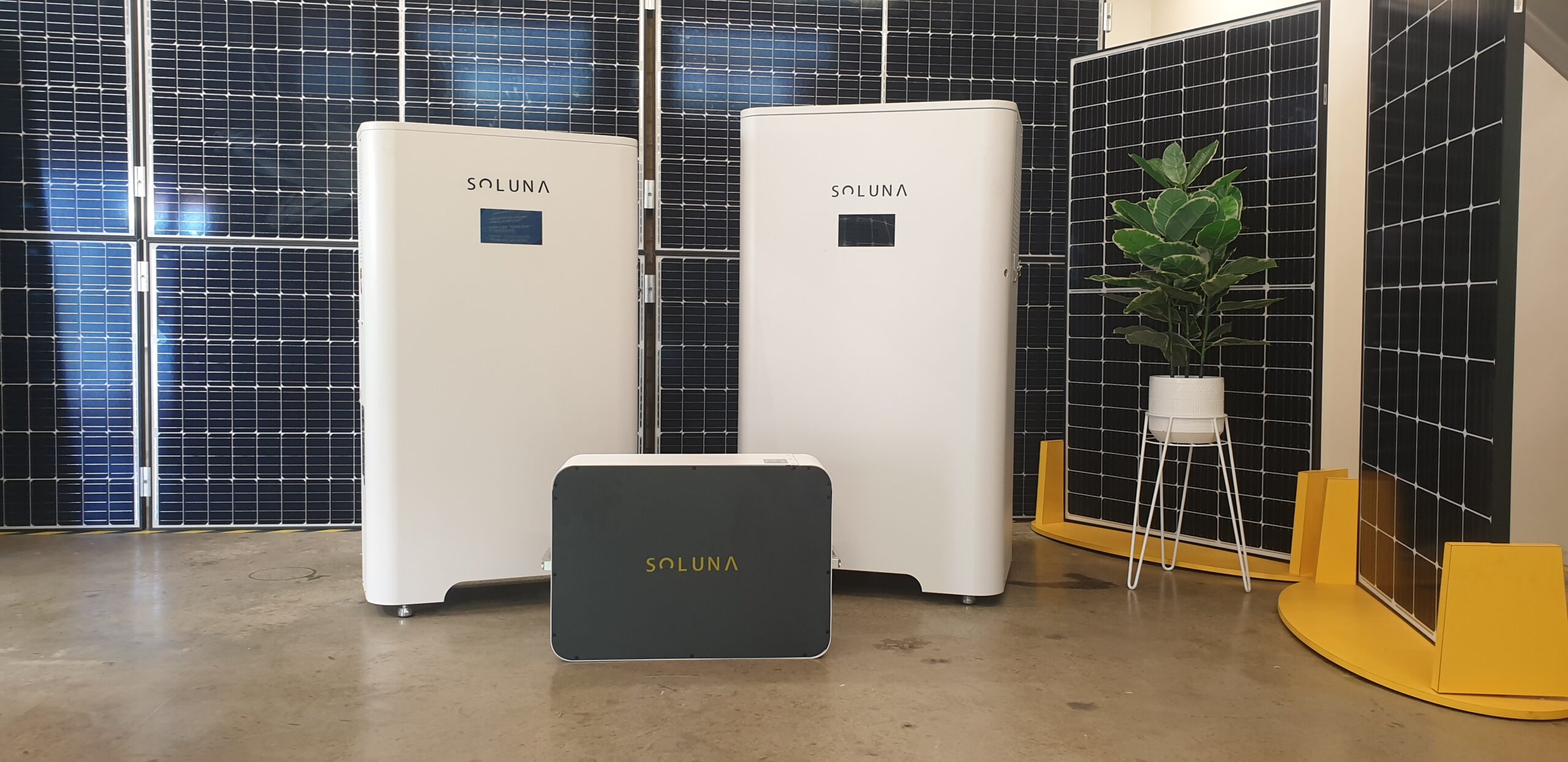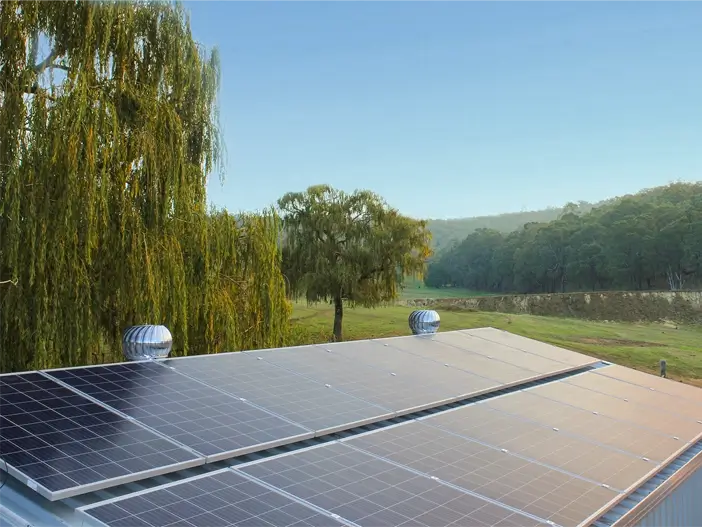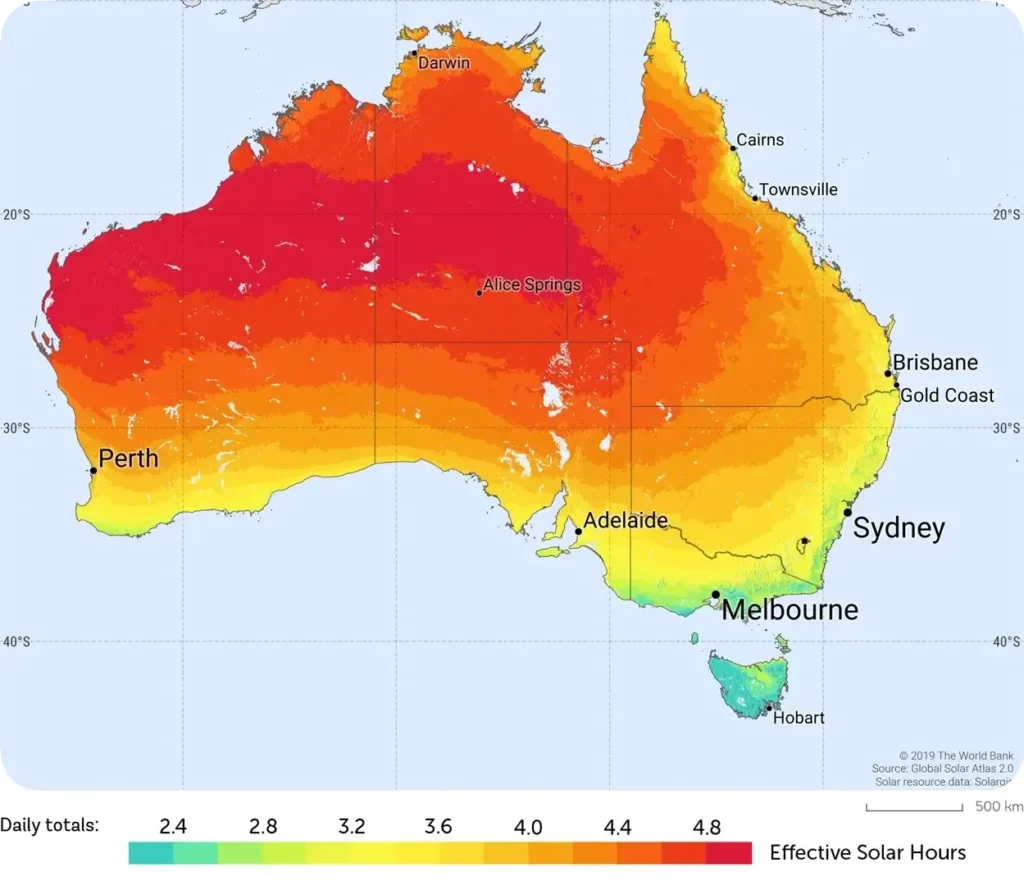Is the Tesla Powerwall a Good Battery Option?
Are you considering investing in a home battery storage solution for your solar panels? If so, you’ve likely come across the Tesla Powerwall, one of the most renowned products in the solar energy storage market. In this comprehensive review, we’ll dive deep into the Powerwall’s features, benefits, and drawbacks to help you answer the pressing question, “Is the Tesla Powerwall good?”
Tesla Powerwall Overview
The Tesla Powerwall is a lithium-ion battery pack designed to store energy generated by solar panels for later use. Introduced in 2015, it has undergone several updates and improvements to become one of the most sought-after energy storage solutions on the market.
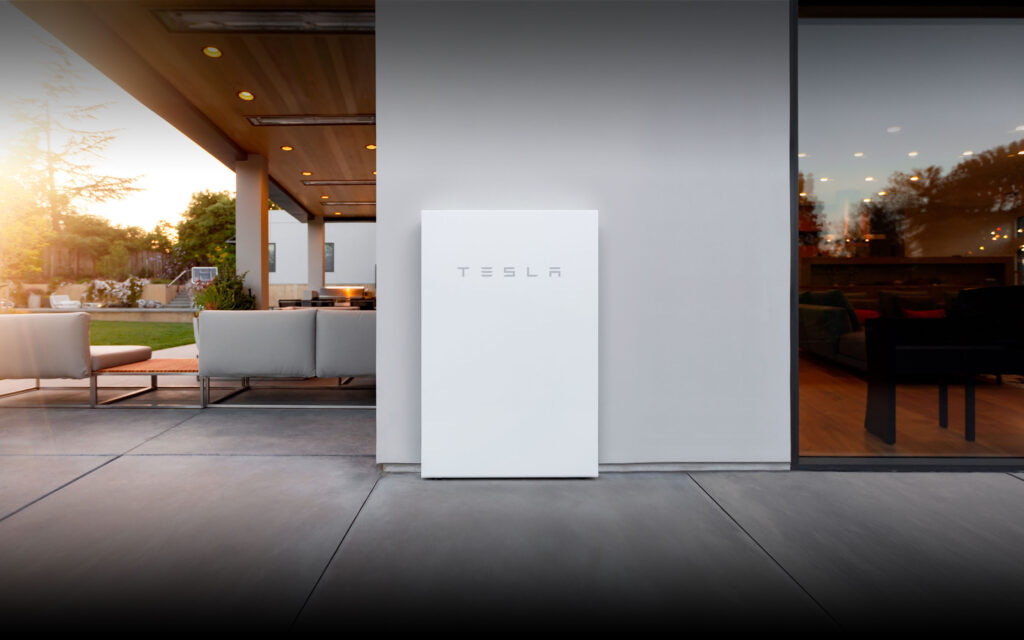
Key Features
1. Capacity and Scalability
One of the Powerwall’s standout features is its capacity. The current version, Powerwall 2, offers 13.5 kWh of usable storage capacity. This means you can store excess solar energy during the day and use it during the night or during grid outages. Additionally, if you need more storage, you can connect multiple Powerwalls to increase your capacity.
2. Integration with Solar Panels
The Powerwall seamlessly integrates with solar panels and can charge itself using the excess energy they generate. It also allows you to monitor your solar production and energy consumption through the Tesla app, giving you full control over your energy usage.
3. Backup Power
In the event of a power outage, the Powerwall can automatically switch to provide backup power to your home. This feature is particularly valuable for regions prone to blackouts or for homeowners who want to ensure uninterrupted power supply.
4. Time-Based Control
The Powerwall allows you to take advantage of time-of-use electricity pricing. You can program it to charge during off-peak hours when electricity rates are low and discharge during peak hours when rates are high, maximising your energy savings.
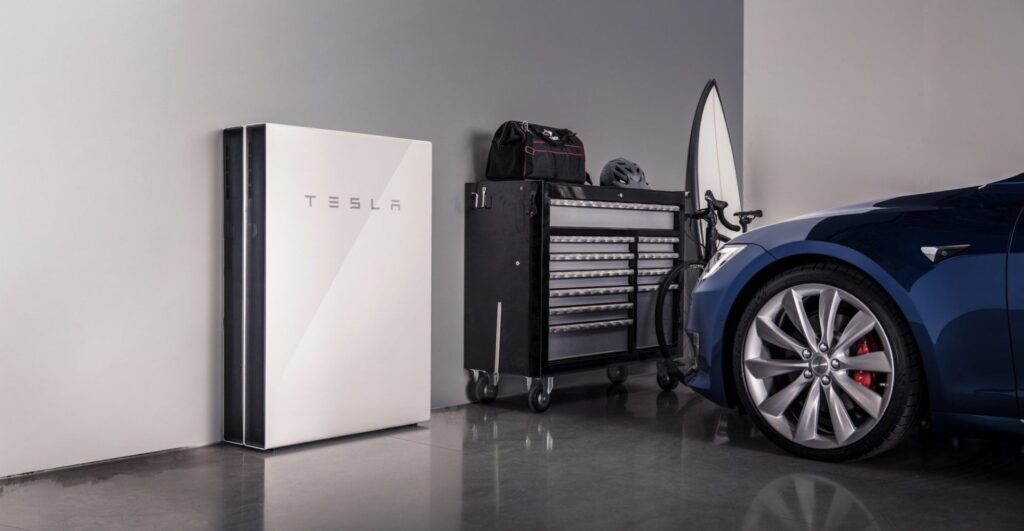
Installation and Maintenance
Installing the Tesla Powerwall typically requires a certified electrician and a compatible inverter. The installation process can be complex and may involve rewiring your electrical system. However, once installed, the Powerwall is relatively low maintenance, requiring periodic software updates and monitoring through the Tesla app.
Environmental Impact
Tesla Powerwall’s environmental impact is a crucial consideration for eco-conscious consumers. The battery is designed to reduce your carbon footprint by enabling you to use more of your self-generated solar power and rely less on grid electricity, which often comes from fossil fuels.
Is the Tesla Powerwall Good for Your Home?
Now that we’ve explored the features and benefits, let’s address the question head-on: Is the Tesla Powerwall good for your home?
The answer largely depends on your specific needs and circumstances. If you live in an area with frequent power outages or high electricity rates, the Powerwall’s backup power and time-based control features can save you money and provide peace of mind.
Additionally, if you’re committed to reducing your carbon footprint and want to maximize the use of clean, renewable solar energy, the Powerwall can help you achieve that goal.
Drawbacks and Considerations
While the Tesla Powerwall offers many advantages, it’s essential to be aware of its limitations and considerations:
1. Cost: The Powerwall is an investment, and its upfront cost can be substantial. However, it may pay for itself over time through energy savings and potential incentives.
2. Compatibility: Ensure that the Powerwall is compatible with your existing solar setup and electrical system. Retrofitting may be required.
3. Installation Challenges: Installation can be complex and costly, especially if your electrical system needs significant modifications.
Summary
In conclusion, the question “Is the Tesla Powerwall good?” doesn’t have a one-size-fits-all answer. It’s a remarkable product with advanced features that can benefit many homeowners, especially those looking to harness the full potential of their solar panels. However, it’s essential to weigh the upfront cost, installation challenges, and compatibility with your specific situation.
Before making a decision, consult with a certified Tesla installer to assess whether the Powerwall is the right choice for your home. If you value energy independence, backup power, and environmental sustainability, the Tesla Powerwall may be a game-changer for you and your solar-powered household.


